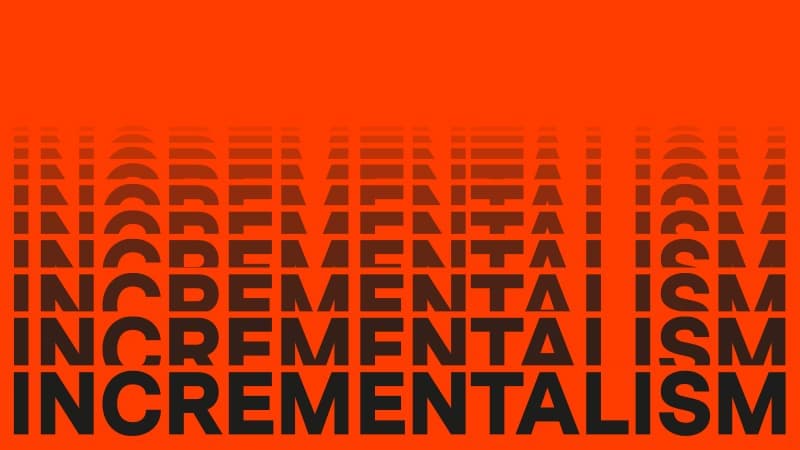Luxury Branding in the Digital World
Recently, the luxury fashion sector has experienced both upheaval and uproar. Rebrands and aesthetic changes have led industry commentators to suggest that brands are losing their identity and becoming “basic”.
Minimalist rebrands
In August, Burberry revealed their new logo. Designed by Peter Saville, the new logo did away with the famous equestrian knight above the Burberry name. Introduced in 1901, the knight traditionally formed a central part of Burberry’s brand identity. Instead, Saville created a minimalist, all-caps logo in a sans serif font.
The brand also released a tessellated monogram based on Thomas Burberry’s initials. While the monogram received a positive response, the pared-back logo didn’t fare so well.
Similar issues plagued Celine mere weeks later. Formerly Céline, the luxury French fashion brand shocked fans and followers when incoming creative director Hedi Slimane wiped the official Instagram account clean. This quite literally erased the work of his predecessor Phoebe Philo. Slimane then reworked the logo, removing the accent from the brand name and changing the typeface.
While not as visually drastic a change as Saville’s new Burberry marque, Slimane’s choice of font was similar. As David Heasty, a designer and typographer, pointed out, “Celine’s new logo falls victim to the current reigning typographic zeitgeist. Nearly every company has embraced geometric sans serif type in their identities – a pragmatic choice for tiny screens”.
Reacting to the digital marketplace
The proliferation of sans serif fonts suggests a collective move towards branding homogenisation. This is a logical, understandable response to the increasingly cramped digital and visual marketplace. When every logo must retain its quality and meaning when displayed on anything from a phone screen right up to an IMAX screen or digital billboard in Times Square, it makes sense to rely on tried and tested digital-friendly designs. This means eliminating the flourishes, intricacies and serifs of old fashioned marques more frequently seen in print materials.
Furthermore, the move towards a more text-based marque, rather than the text-and-image combination of heritage brands, speaks to the contemporary digital consumer. With consumers’ decreased attention span in an already crowded branding marketplace, words trump images: a University of Leicester researcher points out that when most people see a word, they cannot help but read it, whereas an image takes slightly longer to process.
To stand out in such a saturated space, it seems, brand marques are paradoxically becoming increasingly similar!
Erasing the past?
The need for rebranding, and moving with the times, is undeniable. However, some suggest we should be cautious about a “revisionist” approach, and such caution is particularly important to heritage brands like Burberry. If a brand’s image is tightly bound to its previous and ongoing stories, then the erasure of that history seems more damaging than innovative.
As design director Eric Hu commented, “Even if unintentional, it feels as if [Slimane’s creative choices were] an attempt to be a revisionist with history. It’s almost as if Phoebe Philo’s archive was made invisible which I don’t think is fair. Modernism with a capital ‘M’ was partly about doing away with the past—annihilating history to build a new world. Such an attitude worries me in our current political climate”.
In doing away with the past, luxury brands aren’t just erasing Instagram posts from the records. They’re also dismissing the decades of meaning and value held within those intricate, age-old logo designs, like the Burberry knight. Once considered timeless, these logos – and the artists who designed them – are made obsolete as luxury brands join the march towards simplicity and minimalism.
For many, this disregard for tradition and the loss of heritage will be a crying shame; for others, the idea of annihilating the past for a new world will be downright concerning and a dangerous precedent to set. But like it or not, the evolution we are seeing in luxury branding is proving popular. Recent figures show that the luxury sector is one of the fastest growing globally, with 42% growth since 2017. Burberry in particular is doing well, as the eighth most valuable luxury brand.
Striking a balance
It seems the challenge for the luxury sector now is one of balance. Can fashion brands strike the balance between heritage and digitisation? Can they meet the demands of the contemporary consumer and adapt to everchanging digital platforms, without sacrificing the history and tradition upon which they are built? And can they stay relevant while retaining their integrity?
In considering these questions, Steve compares this recent move towards simple, minimalist brands with the everchanging world of fashion itself.
“What we’re talking about here is fashion,” says Steve. “Fashions come and go. And in the fashion world especially, brands are becoming as important, if not more important, than the clothes themselves. So it’s really no surprise that luxury brands are changing and evolving. At the moment, simple, bold brands are in, but like fashion, the process is cyclical. Tradition and heritage will be back – referenced, used, or re-used at some point in the future.”
- Share:


